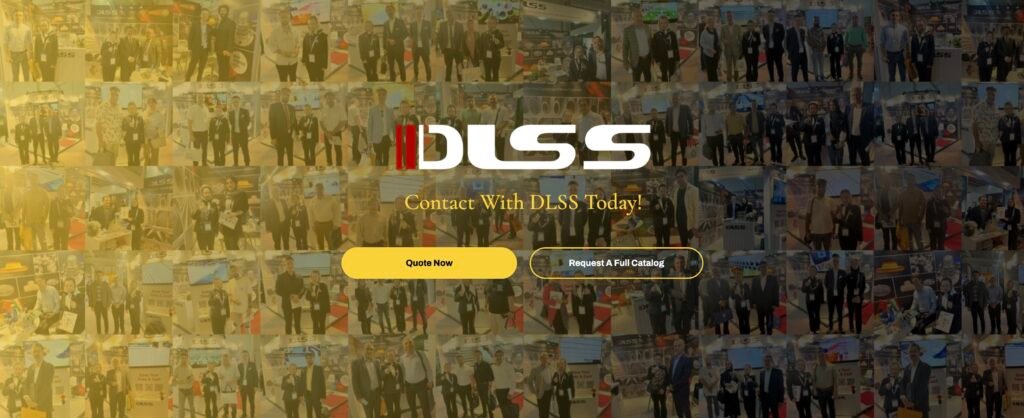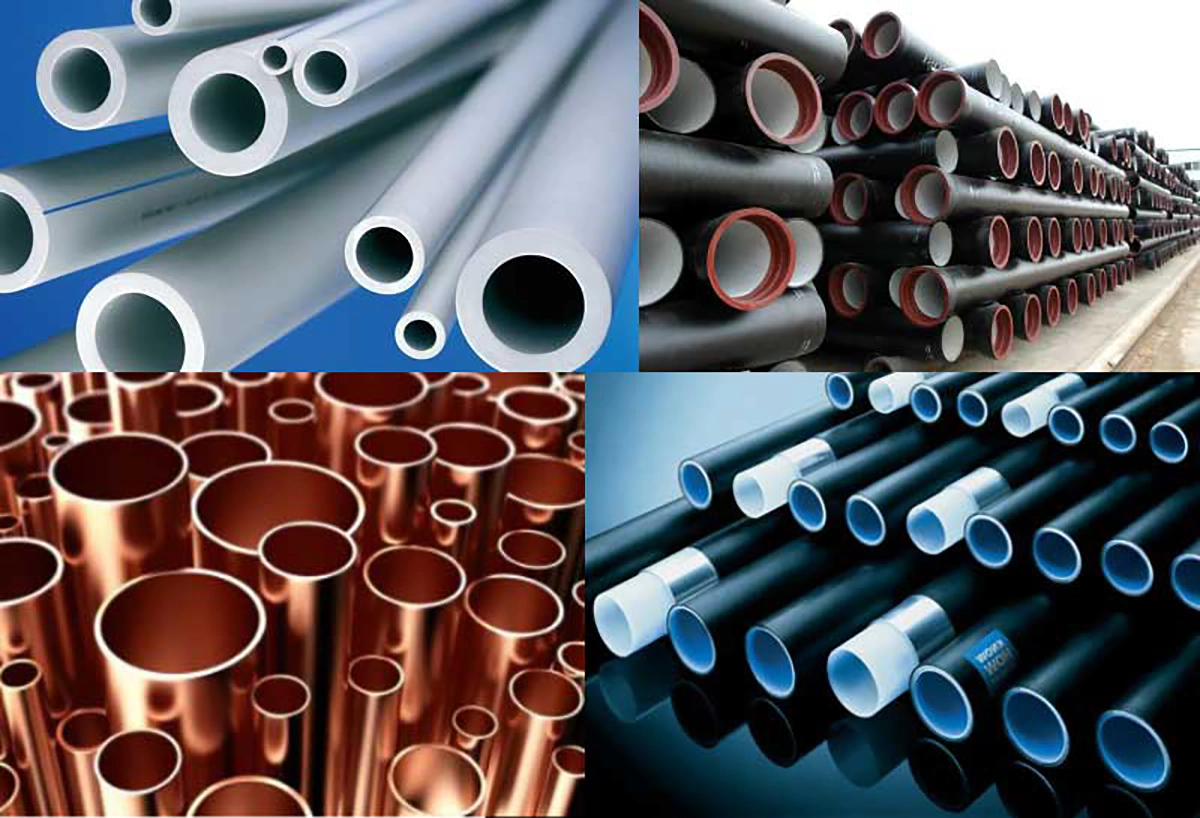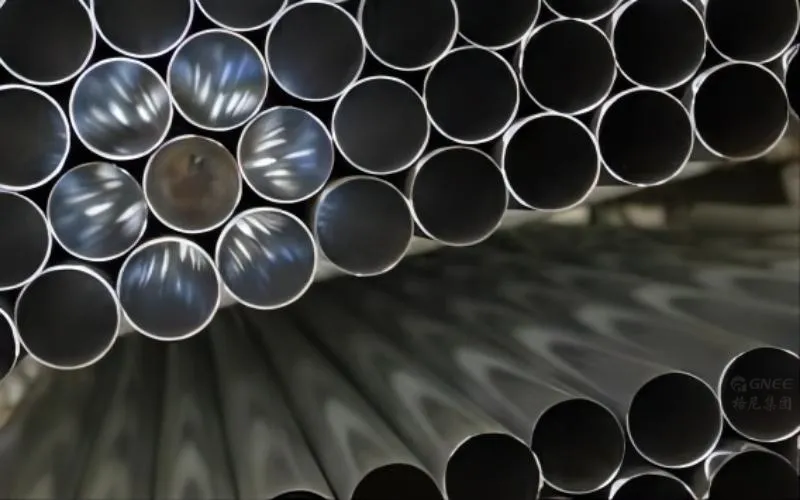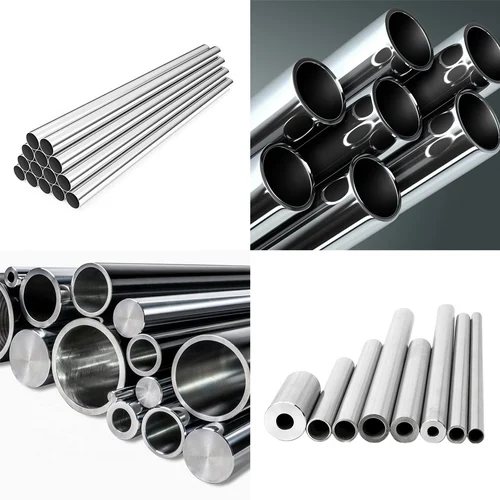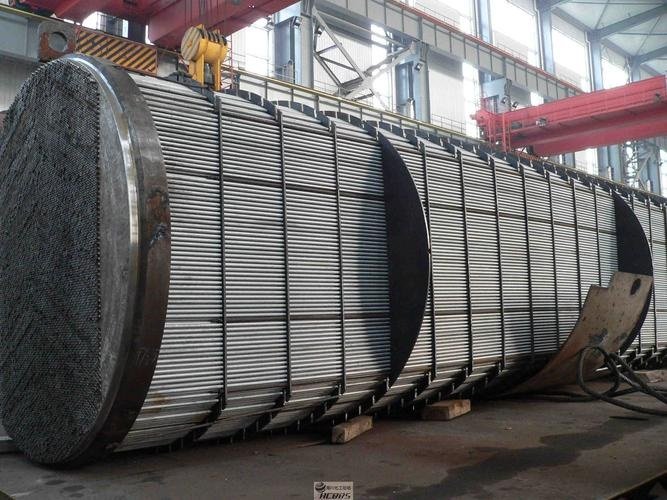1. Introduction
The demand for titanium and nickel alloy pipes is expected to grow steadily between 2025 and 2030, driven by the expansion of desalination projects, LNG infrastructure, refinery upgrades, and power plant modernization. With CAGR estimates ranging from 5–7% across both product categories, these high-performance alloys are increasingly chosen for projects requiring superior corrosion resistance and long-term reliability.
2. Global Market Outlook
- Nickel Alloy Pipes: Estimated CAGR of 5–6% through 2030. Growth driven by refinery revamps, LNG regasification units, and chemical processing investments.
- Titanium Pipes: Expected CAGR of 6–7% by 2030, fueled by desalination plants, coastal power stations, and aerospace applications.
- Combined Market Value: Forecast to reach USD 9–10 billion by 2030 across industrial piping applications.
Reference: Nickel Alloy Market – Wikipedia | Titanium Industry Trends – Wikipedia.
3. Key Regional Trends
- Middle East & North Africa (MENA):
- Largest share in titanium pipe demand due to desalination and power projects.
- Nickel alloys used in refineries and petrochemical complexes.
- Asia-Pacific (China, India, Japan, South Korea):
- Rapid industrialization and refinery expansions drive nickel alloy demand.
- Titanium consumption grows in power plants and shipbuilding.
- Europe:
- Strong demand for high-spec nickel alloy pipes in chemical industries and offshore projects.
- Titanium pipes used in nuclear power and advanced manufacturing.
- North America:
- LNG export terminals and refinery upgrades increase nickel alloy consumption.
- Aerospace sector ensures steady titanium pipe demand.
4. Industry Applications Driving Growth
- Desalination: Titanium GR2 condenser tubes remain the top choice for seawater cooling.
- Oil & Gas / Refinery: Alloy 625, 825, and C-276 widely used in sour gas and acid processing.
- Power Generation: Titanium and nickel alloys adopted in condensers, boilers, and heat exchangers.
- Aerospace & Defense: Titanium pipes in hydraulic and cooling systems.
5. Challenges in the Market
- High Material Costs: Titanium and nickel prices fluctuate with raw material supply.
- Certification Requirements: PED, ASME, NACE compliance increase entry barriers.
- Geopolitical Risks: Trade remedies (anti-dumping duties) affect sourcing strategies.
6. DLSS Market Positioning
At DLSS, we align with these market trends by offering:
- Titanium Pipes: ASTM B338 condenser tubes, GR2 and GR12 grades for seawater and power plants.
- Nickel Alloy Pipes: ASTM B444 (Alloy 625), ASTM B423 (Alloy 825), ASTM B622 (C-276).
- Global Reach: Supply to Middle East, Asia-Pacific, Europe, and North America.
- Quality Assurance: 3.2 certification, third-party inspection, and rapid delivery.
7. Conclusion & Call to Action
From 2025 to 2030, the global market for titanium and nickel alloy pipes will be driven by energy, water, and advanced manufacturing industries. Companies that adopt these high-performance alloys will benefit from lower lifecycle costs and superior system reliability.
DLSS is committed to supporting global projects with ASTM-compliant alloy pipes and technical expertise.
Contact us for detailed market insights and customized quotations.
info@dlsspipe.com | www.dlsspipeline.com
